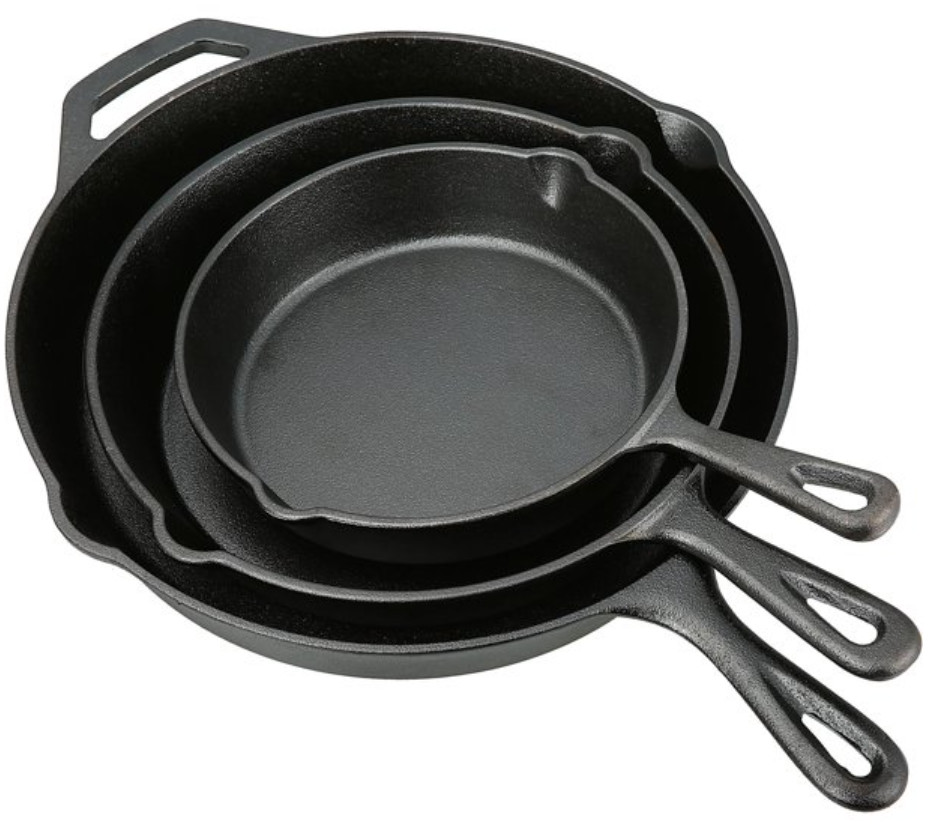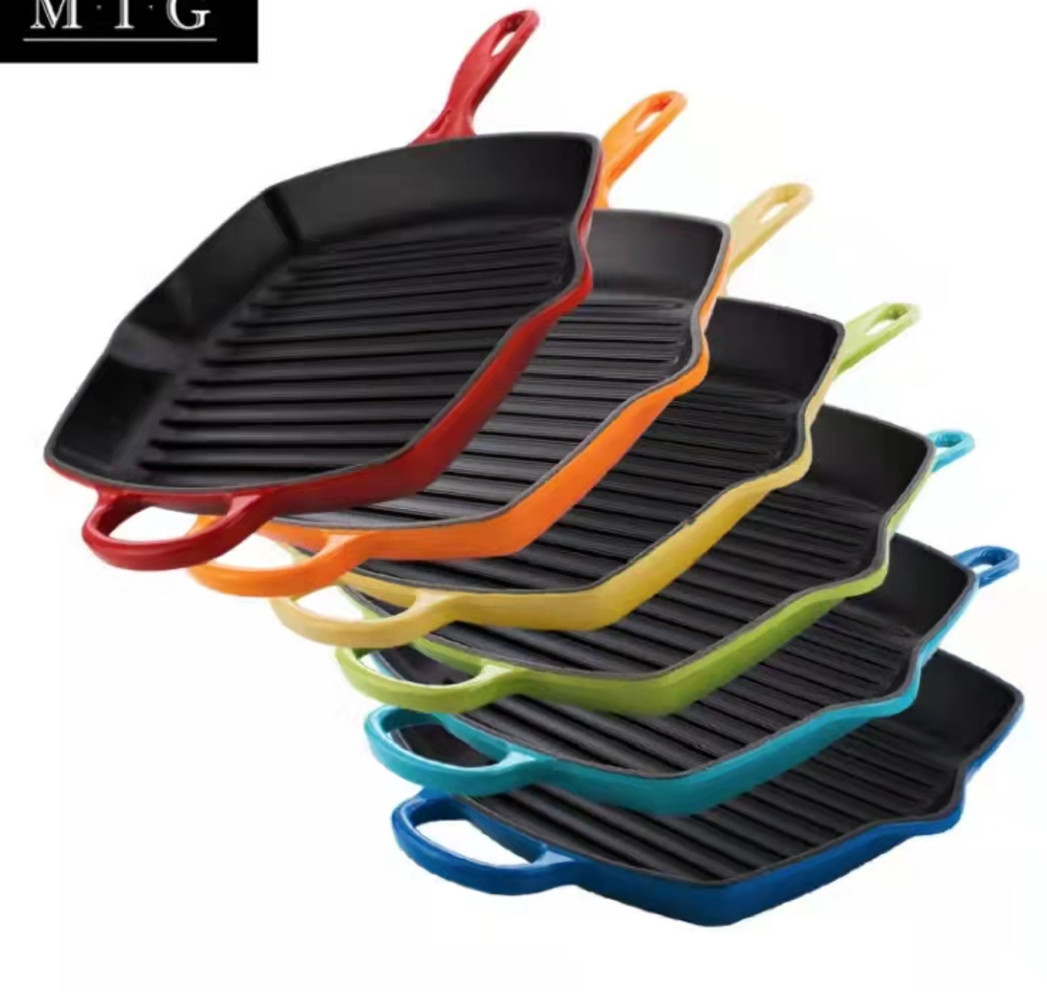- 150m Amajyepfo, Umuhanda wa DingWei, Umudugudu wa Nanlou, Umujyi wa Changan, Agace ka GaoCheng, Shijiazhuang, Hebei, Ubushinwa
- monica@foundryasia.com
Jun. 12, 2023 18:48 Subira kurutonde
NIKI KOKO CY'ICYUMWERU
Ibikoresho byo gutekamo ibyuma:
Ibikoresho byo gutekamo ibyuma nibikoresho biremereye bikozwe mubyuma bikozwe mubyuma bihabwa agaciro kubwo kugumana ubushyuhe, kuramba, ubushobozi bwo gukoreshwa mubushyuhe bwinshi cyane, no guteka bidafite inkoni mugihe cyateganijwe neza.
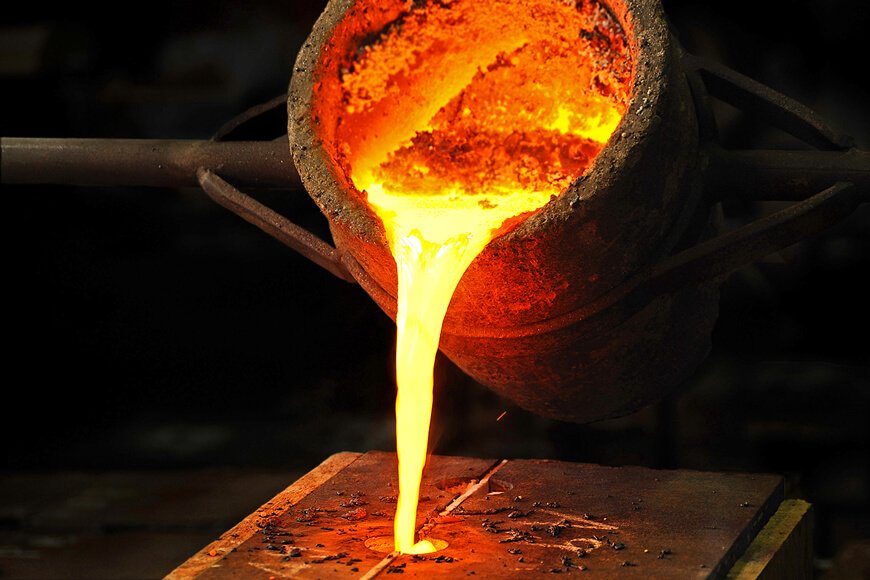
Amateka yo guteka ibyuma
In Asia, particularly China, India, Korea and Japan, there is a long history of cooking with cast iron vessels. The first mention of a cast-iron kettle in English appeared in 679 or 680, though this wasn't the first use of metal vessels for cooking. The term pot came into use in 1180. Both terms referred to a vessel capable of withstanding the direct heat of a fire. Cast-iron cauldrons and cooking pots were valued as kitchen items for their durability and their ability to retain heat evenly, thus improving the quality of cooked meals.
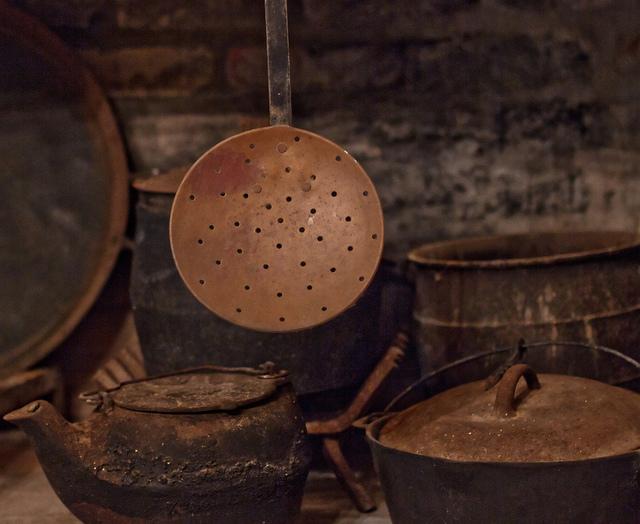
Mu Burayi no muri Amerika, mbere yo kwinjiza amashyiga y’igikoni hagati mu kinyejana cya 19, amafunguro yatekwaga mu ziko, kandi inkono n’ibisahani byateganyirijwe gukoreshwa mu ziko, cyangwa bigahagarikwa muri byo.
Cast-iron pots were made with handles to allow them to be hung over a fire, or with legs so that they could stand in the coals. In addition to Dutch ovens with three or four feet, which Abraham Darby I secured a patent in 1708 to produce, a commonly used cast-iron cooking pan called a spider had a handle and three legs allowing it to stand upright over campfires as well as in the coals and ashes of a fireplace.
Guteka inkono n'amasafuriya hamwe n'ibirenge bitagira amaguru, binini byatangiye gukoreshwa mugihe amashyiga yo guteka yamenyekanye; iki gihe cyo mu mpera z'ikinyejana cya 19 cyabonye igorofa
cast-iron skillet.
Ibikoresho byo gutekamo ibyuma byari bizwi cyane mubakora urugo mugice cya mbere cyikinyejana cya 20. Byari ibikoresho bihendutse, ariko biramba. Ingo nyinshi zabanyamerika zari zifite byibura isafuriya imwe yo guteka.
Ikinyejana cya 20 nacyo cyinjijwemo no kumenyekanisha ibikoresho byo gutekesha ibyuma bya emam.
Today, of the large selection of cookware that can be purchased from kitchen suppliers, cast iron comprises only a small fraction. However, the durability and reliability of cast iron as a cooking tool has ensured its survival. Cast-iron pots and pans from the 19th and 20th century continue to see daily use to the present day. They are also highly sought after by antique collectors and dealers. Cast iron has also seen a resurgence of its popularity in specialty markets. Through cooking shows, celebrity chefs have brought renewed attention to traditional cooking methods, especially the use of cast iron.
Ibicuruzwa byingenzi
Ubwoko bwibikoresho byo gutekamo ibyuma birimo isafuriya, amashyiga yo mu Buholandi, urusyo, ibyuma bya wafle, imashini ya panini, ifiriti yimbitse, woks, fondu na potjies.
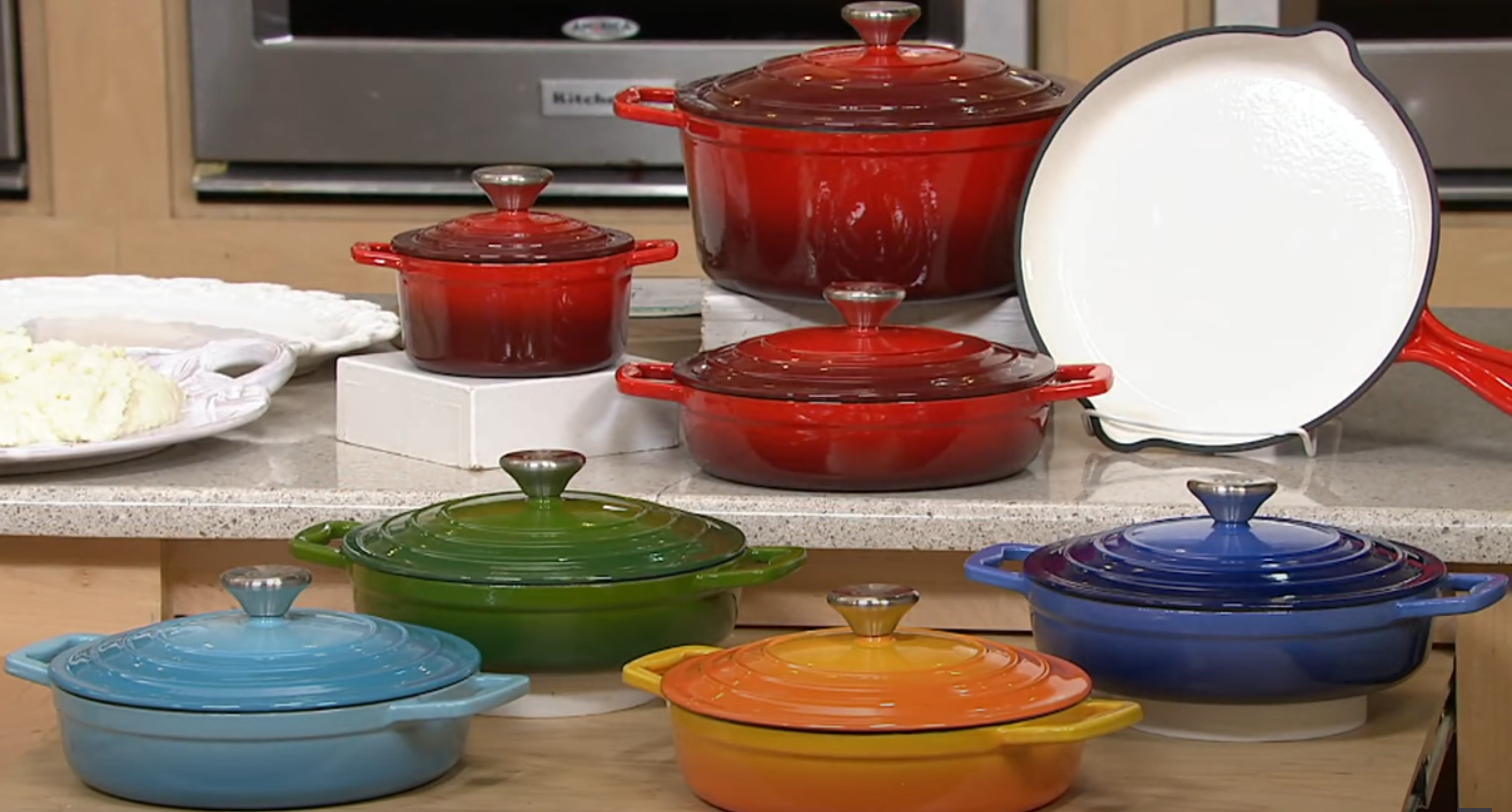
Inyungu zo guteka ibyuma
Cast iron's ability to withstand and maintain very high cooking temperatures makes it a common choice for searing or frying, and its excellent heat retention makes it a good option for long-cooking stews or braised dishes.
Because cast-iron skillets can develop a "non-stick" surface when cared for properly, they are excellent for frying potatoes or preparing stir-fries. Some cooks consider cast iron a good choice for egg dishes, while others feel the iron adds an off-flavor to eggs. Other uses of cast-iron pans include baking, for instance for making cornbread, cobblers and cakes.
Many recipes call for the use of a cast-iron skillet or pot, especially so that the dish can be initially seared or fried on the stovetop then transferred into the oven, pan and all, to finish baking. Likewise, cast-iron skillets can double as baking dishes. This differs from many other cooking pots, which have varying components that may be damaged by the excessive temperatures of 400 °F (204 °C) or more.
-
Product introduction of Changan Cast Iron Co., LTD
AmakuruJan.24,2024
-
The Impact of the Leidenfrost Effect on Non-Stick Properties of Cast Iron Titanium Coated Cookware
AmakuruJan.24,2024
-
Gucukumbura Igabanywa rya Culinary —— Shira ibyuma bya Casseroles vs Casseroles isanzwe
AmakuruMutarama.03,2024
-
Amahugurwa yo gupakira Yongeye gutondekanya hamwe na Shelving hamwe nububiko bwa 3D kubicuruzwa
AmakuruUkuboza 29,2023
-
Gusukura inkono yakoreshejwe ya emamel irashobora gukorwa neza hamwe nintambwe zikurikira:
AmakuruUkuboza 27.2023
-
Imiterere ya Metallographic ya emamel kumyuma
AmakuruUkuboza 27.2023
